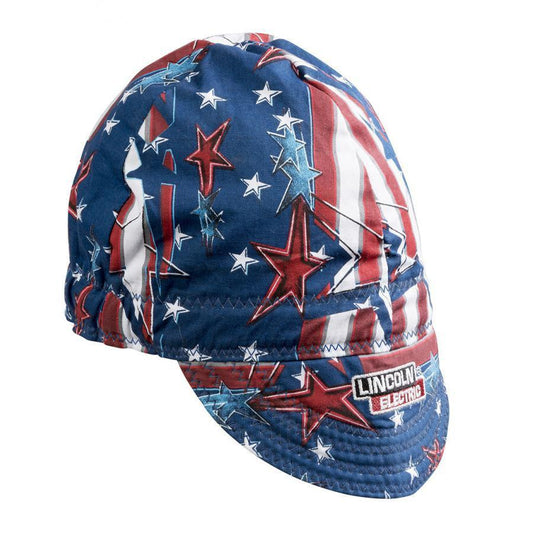Welding: –verb, to unite or fuse (as pieces of metal) by hammering, compressing, or the like, esp. after rendering soft or pasty by heat, and sometimes with the addition of fusible material like or unlike the pieces to be united. 2. to bring into complete union, harmony, agreement, etc.
In this case we will be looking at the first definition as it has evolved through the ages. Welding was developed during the bronze and iron ages, and is still being perfected today. Early on, blacksmiths would have to heat two pieces of metal and then beat them vigorously until they bonded. Known as Forge-Welding, this process was exceedingly time-consuming and required some skill on the part of the blacksmith. Major advances came to welding in the 1900’s and beyond. Various people experimented with the electric arc in the 1800’s, but it wasn’t for another eighty years that someone was able to use it for welding. Nikolai Bernardos, a Russian scientist, patented the first electric arc welding process using rods made from carbon. From there another Russian, Nikolai Slavyanov, decided to use metal electrodes. Soon after, the American C.L. Coffin released a coated metal electrode which is, with some variations of materials, what we know today as SMAW or shielded metal arc welding. SMAW is popular in maintenance and repair because the equipment is relatively simple and versatile. Though mainly used for iron and steel, it can also be used with aluminum, nickel and copper alloys. Around the same time, resistance, thermite, and oxyfuel welding were becoming popular, resistance welding being popular in the auto industry, thermite for the railroads, and oxyacetylene for anything that isn’t too thick. Although acetylene was discovered in the 1830’s, it wasn’t practical until a good blowtorch was invented nearly seventy years later.
Oxyacetylene welding was popular for quite some time because of its versatility and portability but recent advances have slowly started to trump the torch, at least in manufacturing. Metal inert gas, or MIG welding, followed closely on the heels of SMAW. MIG is a process where a spool of wire is fed through to the work area along with an inert gas such as argon or helium to shield the molten pool from atmospheric impurities. This process is often seen on television where dozens of robotic arms move in synch on a car assembly-line.
Flux-cored arc welding, or FCAW, is becoming popular in construction because it’s quick, easy to automate and doesn’t require too much expensive equipment. FCAW is similar to MIG in that a spool of wire is fed to the weld area. The biggest difference being that the FCAW wire has, as the name would imply, a core of flux in the wire, eliminating the need for a shielding gas; although an inert gas can be used in addition in order to stabilize the arc even more.
Further advances have brought us plasma welding and cutting, electroslag and electrogas, laser, and electron beam welding. Laser and electron beam welding techniques are on the rise as the cost of the equipment continues to drop. They are popular too because of the small amount of heat affected area, deep weld penetration, as well as being very easy to automate. The major difference between them is, electron beam welding occurs in a vacuum, where as laser doesn’t.
All of the previous examples of modern welding require the application of heat, but there are several techniques that don’t require nearly as much.
Explosion welding is a good technique for bonding two dissimilar materials. It is accomplished, as the name suggests, with explosives, which push the materials together so quickly and strongly that they bond. As cool as this sounds, explosion welding is limited to very simple shapes. Mostly it is used to clad something like steel, which can rust, with something like titanium which is corrosion resistant. It is complicated even further because of the need for knowledge of explosives that most laymen don’t have. Another similar process is magnetic pulse welding, where magnets are used to slam two materials together very quickly over very short distances.
Another amazing process is friction, or friction stir welding. In this, two materials are basically rubbed together until they melt, fusing to one another. Of course this requires some complicated machinery but it is relatively fast and doesn’t need a shielding gas.
It’s amazing how much welding has evolved throughout the ages, especially recently with all of the technological advances being made. We’ve gone from beating together two hot pieces of metal, to melting them with fire, then the electric arc, all the way to using electromagnetic radiation to fuse materials together. Despite the method used, welding will always be an amazing and useful process.
Written by Dustin Saunders




